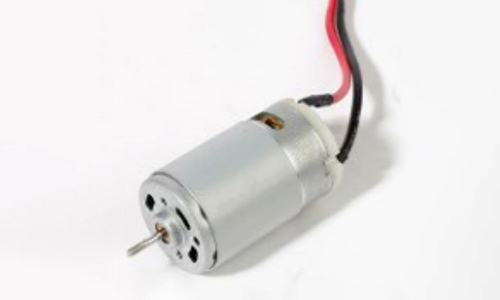(1) Before disassembly, use compressed air to blow out the dust on the motor surface and wipe it clean.
(2) Select the working place for motor disassembly and clean up the site environment.
(3) Be familiar with the structural characteristics and maintenance technical requirements of the motor.
(4) Prepare tools (including special tools) and equipment required for disassembly.
(5) In order to further understand the defects in motor operation, an inspection test can be conducted before disassembly if possible. For this reason, the motor shall be put on the load for trial run, and the temperature, sound, vibration, etc. of each part of the motor shall be checked in detail, and the voltage, current, speed, etc. shall be tested, then the load shall be disconnected, and a separate no-load inspection test shall be conducted, and the no-load current and no-load loss shall be measured and recorded.
(6) Cut off the power supply, remove the external wiring of the motor and make records.
(7) Select a megger with appropriate voltage to test the insulation resistance of the motor. In order to compare the insulation resistance measured during the last maintenance to judge the insulation change trend and insulation state of the motor, the insulation resistance measured at different temperatures should be converted to the same temperature, generally to 75 ℃.
(8) Test the absorption ratio K. When the absorption ratio is greater than 1.33, it indicates that the motor insulation has not been affected with moisture or the degree of moisture is not serious. In order to compare with the previous data, the absorption ratio measured at any temperature should also be converted to the same temperature.

